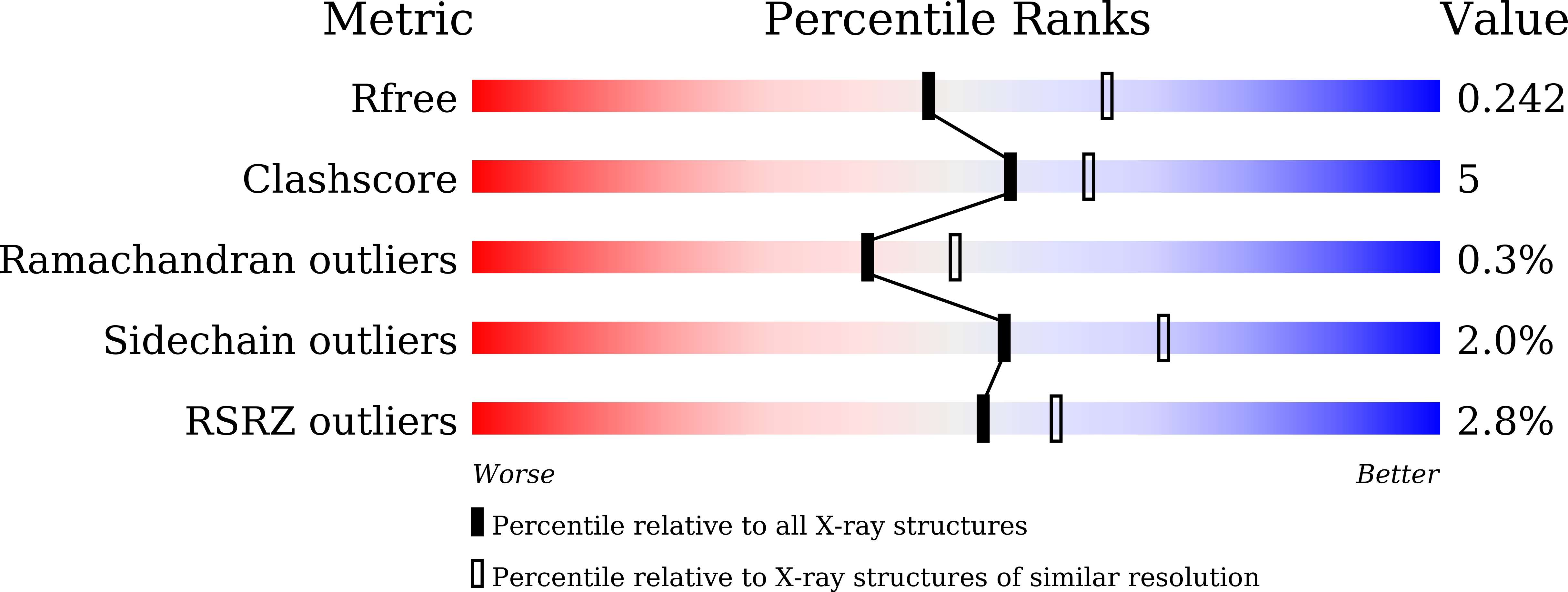
Deposition Date
2023-02-07
Release Date
2024-02-07
Last Version Date
2025-02-19
Entry Detail
PDB ID:
8IA1
Keywords:
Title:
plastidial glycerol-3-phosphate acyltransferases (GPAT) from the green alga Myrmecia incisa
Biological Source:
Source Organism:
Lobosphaera incisa (Taxon ID: 312850)
Host Organism:
Method Details:
Experimental Method:
Resolution:
2.31 Å
R-Value Free:
0.24
R-Value Work:
0.18
R-Value Observed:
0.18
Space Group:
P 1


